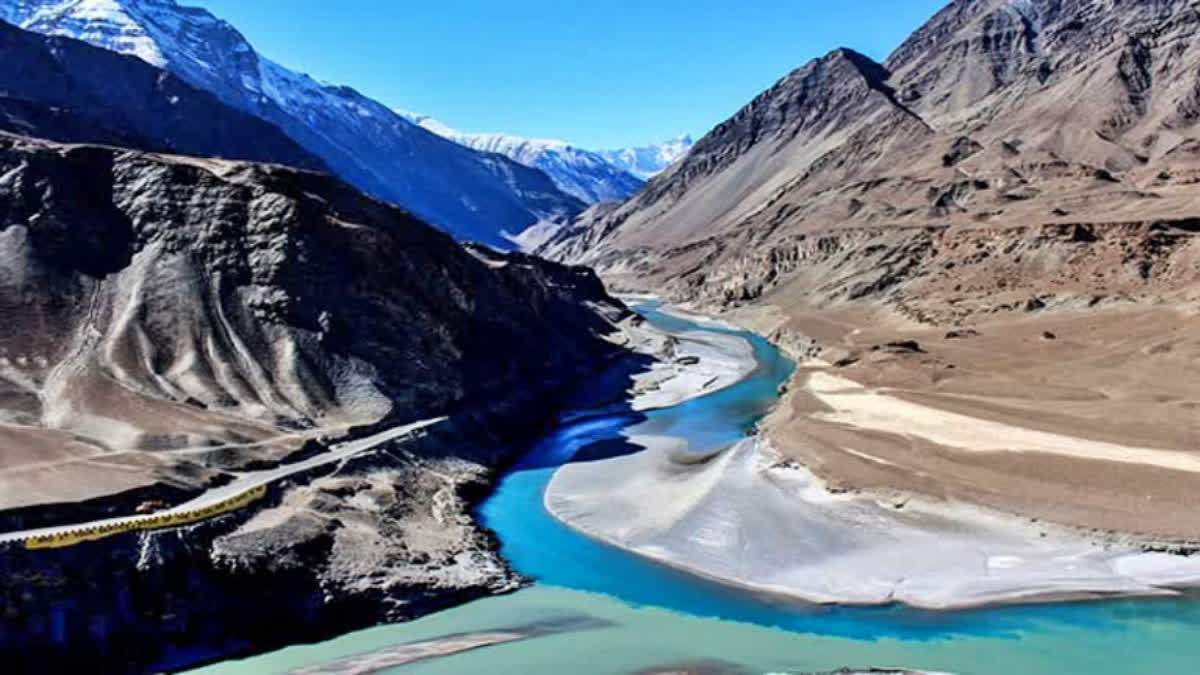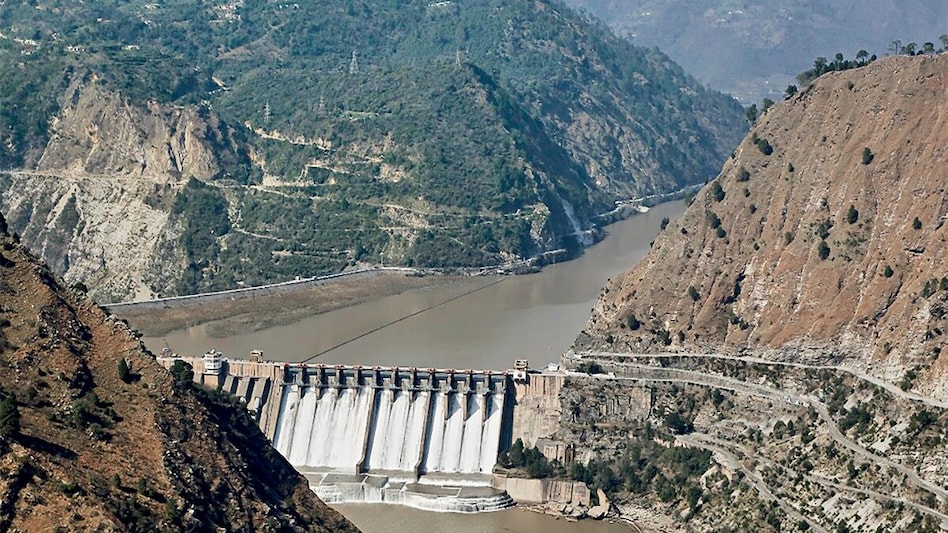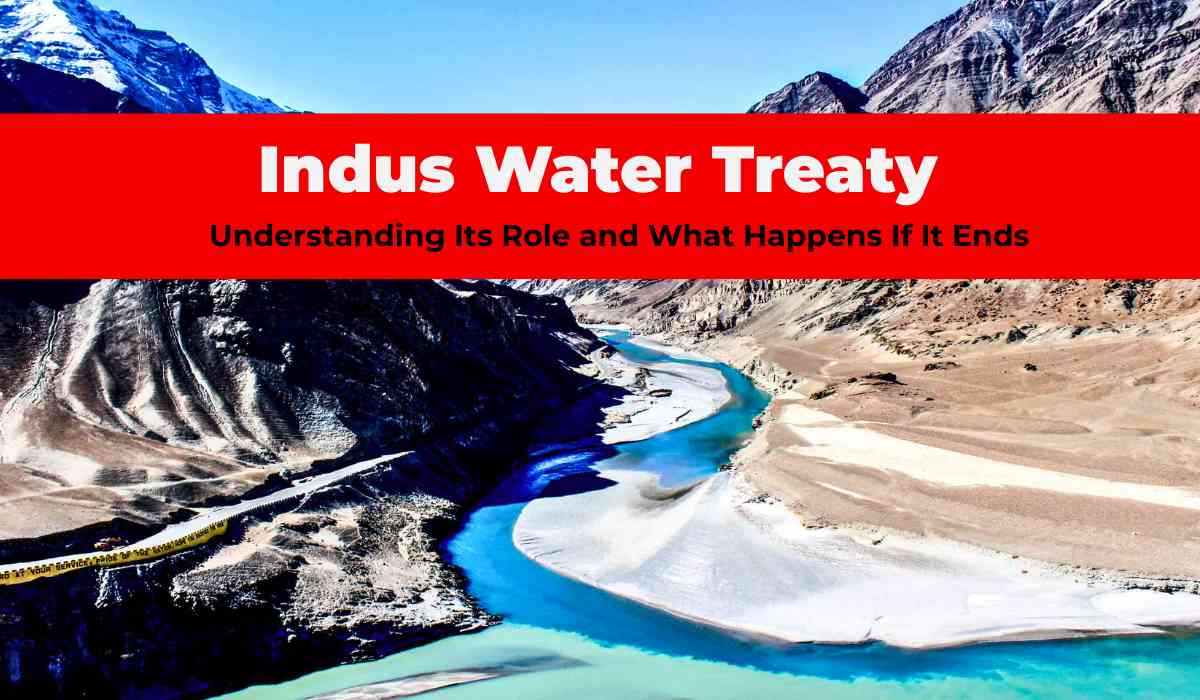The Indus Water Treaty (IWT) is a historic agreement signed in 1960 between India and Pakistan, with the World Bank as a key mediator and signatory. The treaty was created after years of disputes over the control and sharing of the Indus River system, which flows through both countries and is vital for their agriculture and livelihoods.
Key Features of the Treaty

-
Division of Rivers: The Indus River system includes six main rivers. The treaty divides these rivers between the two countries:
-
Eastern Rivers (Ravi, Beas, Sutlej): Allocated for India's exclusive use.
-
Western Rivers (Indus, Jhelum, Chenab): Largely assigned to Pakistan, which receives about 80% of the total water flow.
-
-
Usage Rights: India can use the western rivers for limited irrigation, domestic needs, and run-of-the-river hydroelectric projects, provided these do not significantly reduce the water flow to Pakistan.
-
Permanent Indus Commission: A joint body with representatives from both countries was established to resolve disputes, exchange information, and ensure cooperation. This commission meets at least once a year, alternating between India and Pakistan.
-
Dispute Resolution: The treaty sets out a step-by-step process for resolving issues, starting with the commission, then moving to neutral experts, and finally to an international Court of Arbitration if needed.
Why Was the Treaty Important?

The IWT is often seen as a rare example of successful cooperation between two rival nations. Despite wars and political tensions, the treaty has survived for over six decades, ensuring a stable water-sharing arrangement and helping prevent water from becoming a weapon in conflicts.
What Would Happen if the Treaty is Dismissed?

Immediate Impacts
-
Water Security in Pakistan: Pakistan relies heavily on the Indus, Jhelum, and Chenab rivers for agriculture, drinking water, and industry. If the treaty is dismissed, Pakistan could face severe water shortages, threatening its food security and economy.
-
Tensions and Instability: Water is a critical resource. Without the treaty, disputes over water usage could quickly escalate, increasing the risk of conflict between the two nuclear-armed neighbours.
-
Impact on Indian Projects: India would technically be free to use more water from the western rivers, but any sudden changes could disrupt existing ecosystems and communities downstream, potentially causing international backlash.
Long-term Consequences
-
Agricultural Crisis: Both countries, especially Pakistan, depend on the Indus system for irrigation. A breakdown in water sharing could lead to crop failures, food shortages, and economic instability.
-
Environmental Damage: Unregulated water use might harm river ecosystems, affecting fish, wildlife, and the livelihoods of millions who depend on the river.
-
International Repercussions: The dismissal of the treaty could damage both countries' reputations and make it harder to negotiate future agreements, not just about water but also on other cross-border issues.
Why the Treaty Still Matters

The Indus Water Treaty is more than just a water-sharing agreement. It is a symbol of how even adversaries can find common ground when it comes to essential resources. The treaty has provided a framework for dialogue and cooperation, even during times of war and political crisis.
However, the world has changed since 1960. Population growth, climate change, and rising water demand have put new pressures on the Indus system. Some experts argue that the treaty needs to be updated to reflect these modern challenges. But dismissing the treaty altogether could be disastrous for both countries.
“Treaties are built on mutual trust and cooperation. Without these, no legal document — no matter how robust — can stand the test of time.”
Conclusion
The Indus Water Treaty has played a crucial role in maintaining peace and stability in South Asia. Its dismissal would not only threaten water security for millions but could also trigger wider regional instability. While the treaty may need to adapt to new realities, its spirit of cooperation and compromise remains essential for the future of both India and Pakistan. The best path forward is for both countries to come together, address their concerns, and strengthen the treaty for the challenges ahead.
With inputs from agencies
Image Source: Multiple agencies
© Copyright 2025. All Rights Reserved Powered by Vygr Media.



















